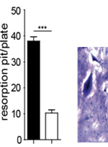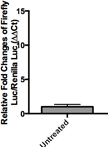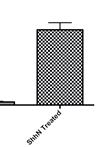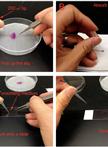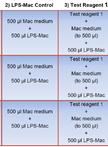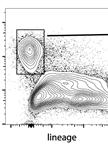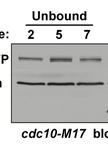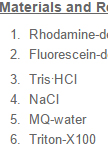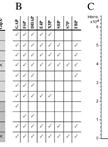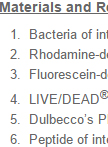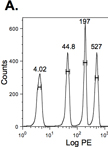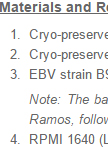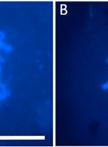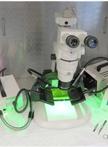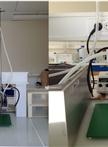- Submit a Protocol
- Receive Our Alerts
- EN
- Protocols
- Articles and Issues
- About
- Become a Reviewer
Past Issue in 2014
Volume: 4, Issue: 14
Cancer Biology
Bone Resorption Assay
Developmental Biology
Wnt Reporter Activity Assay
Hedgehog (Hh) Reporter Activity Assay
Fluorescence Microscopy for Cilia in Cultured Cells and Zebrafish Embryos
Immunology
Macrophage Inflammatory Assay
Isolation of ILC2 from Mouse Liver
Microbiology
Chromatin Fractionation Assay in Fission Yeast
Dye Release Experiments with Dextran Loaded Vesicles
Development of a Novel Assay for Synthesis and Hydrolysis of Sedoheptulose 1,7-bisphosphate (SBP) in vitro by Combinations of Purified Fructose 1,6-bisphosphate aldolases (FBA) Proteins and Fructose 1,6-bisphosphatases (FBPase) Proteins from Bacillus methanolicus MGA3
Bacterial Fluorescent-dextran Diffusion Assay
Affinofile Assay for Identifying Macrophage-Tropic HIV-1
In vitro EBV Infection of Mononuclear Cells that Have Been Cryo-preserved
Plant Science
Rice Meiotic Chromosome Spread Preparation of Pollen Mother Cells
Stem Cell
Mesenchymal Stem Cell (MSC) Aggregate Formation in vivo
Coculture between hMADS and Mouse Adult CM


